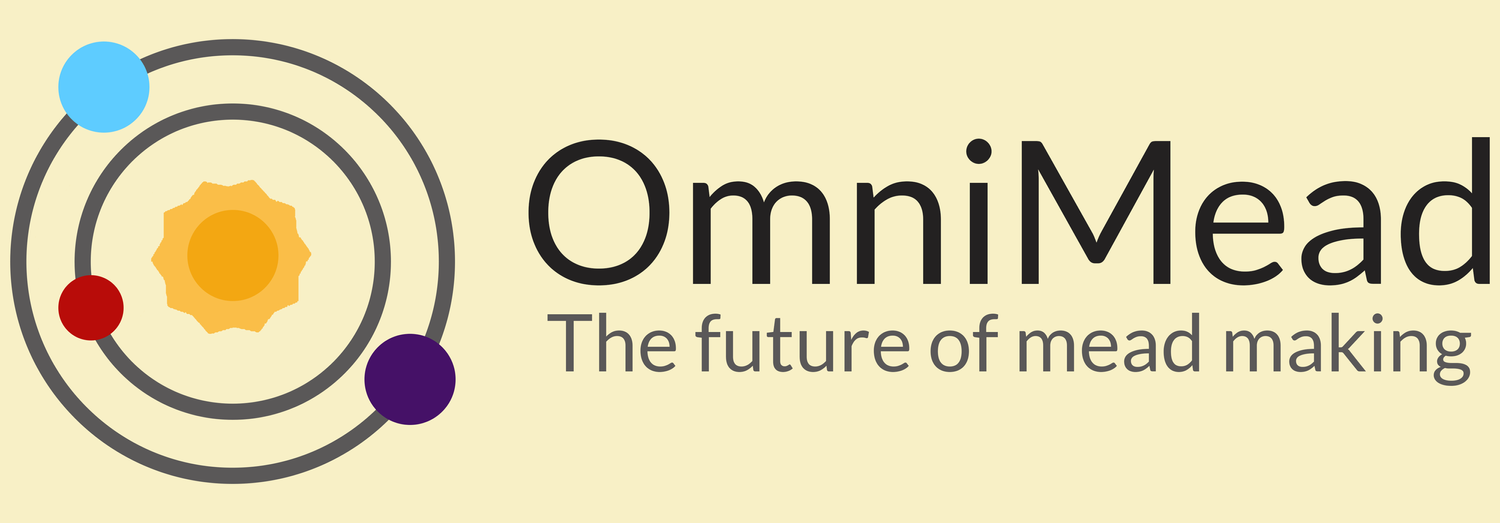Mead-Making Frequently Asked Questions
-
Mead is an alcoholic beverage made by fermenting honey with water. It's often referred to as "honey wine" and can vary in sweetness and flavor.
-
Mead has a wide variety of flavours that can be present. Generally speaking, mead will have notes of the honey used to create it alongside any additional ingredients used. For example, if mead is made with honey and blueberries, you can expect notes of blueberries.
-
We don’t know exactly who first invented the delicious ambrosia we call mead. The earliest evidence of mead being fermented is from pottery found in the Yellow River Valley of China that contained a mixed fermented beverage of honey, wild grapes, rice, and hawthorn. This is dated back to 7000-6600 B.C.
-
In its simplest form, mead is made from fermenting honey and water. To learn the basics that all new mead makers should know before starting their homebrew journey, we’ve put together a free beginner mead-making course.
-
A basic list of equipment needed to make mead is a carboy, hydrometer, and probe thermometer.
A full list of equipment needed to get started making your own mead at home can be found in the free beginner mead-making course.
-
Often when you buy mead from a commercial meadery it will at least be semi-sweet. However, mead can be dry with no residual sweetness and still be delicious.
Once your mead has finished fermenting, instead of stabilizing and back-sweetening your creation to add residual sweetness, skip these steps. Instead, allow the mead to clear and, then bottle.
An extra tip for creating delicious dry meads is to stabilize and add 2 ounces of honey per gallon of mead. This increases the mead’s honey character and reduces perceived chemical flavors that can occur when mead is too dry.
-
Yeast often consume all of the available sugars in a mead, leaving it tasting dry and chemically. We cover in-depth how to achieve a sweeter mead in our free beginner mead-making course.
-
The type of yeast you should use for your mead depends on what characteristics you are looking for your yeast to impart, as well as the yeast being able to ferment to the ABV you desire to achieve. In our experience, we’ve used beer, wine, champagne, and even bread yeasts to achieve our mead-making goals.
-
You can add lots of different ingredients to your mead to make a unique creation. Some common examples of extra ingredients added are fruits, herbs, spices, and oak. The time at which you add your extra ingredients will vary depending on your desired outcome.
When using ingredients that add sugars such as blueberries or maple syrup, adding before or after fermentation has ceased will significantly change the flavors that the ingredient imparts. A common example of this is how different grape juice tastes from wine. Experiment and discover what works best for your ingredient!
-
Mead can be distilled into a honey jack. However, it is illegal to distill spirits in most places without holding the appropriate licenses and paying spirit tax. Be sure to check your local laws.
-
Here at Omnimead, we sell a range of yeast, yeast nutrients, and stabilizers for our European customers.
Whilst we don’t currently sell any homebrew equipment, we can recommend a few vendors:
US: Kettle To Keg, Northern Brewer, and MoreWine.
Europe: Bigger Jugs, Get ‘Er Brewed, and The Malt Miller.
Still Have Questions?
We’re happy to help. Contact us using by filling in a contact form or by sending us an email to hello@youtobrew.com

